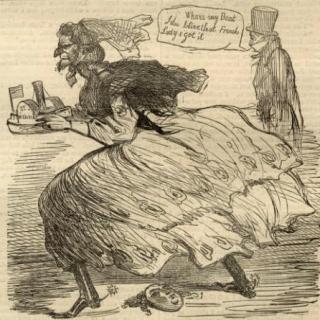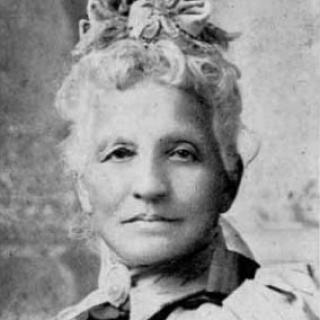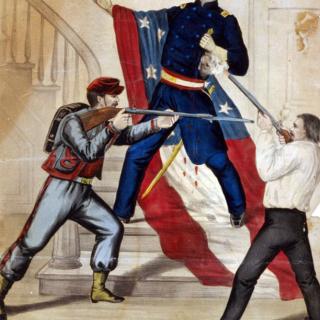Online Exhibit from the Jewish Historical Society of Greater Washington
If you haven't seen it yet, make sure to check out the Jewish Historical Society of Greater Washington's online exhibit, "Jewish Life in Mr. Lincoln's City, 1861-1865." The exhibit provides an interesting look at Civil War Washington through the lens of the Jewish experience in our fair city.
The exhibit features reflections by Jewish soldiers stationed in the capital and highlights specific individuals who played major roles on both sides of the conflict -- people like Dr. Charles Liebermann who attended to President Lincoln the night he was shot and Eugenia Levy Phillips who spied for the Confederacy and was known as a "fire-eating secessionist in skirts." The site also tracks the growth of the Jewish communities in Washington and Alexandria throughout the war.
It's no coincidence that the exhibit launched December 17, an important -- if also notorious -- date in American Jewish history. That was the date General Ulysses S. Grant issued General Order No. 11 in 1862, which expelled all Jewish people from his military district, comprised of areas of Tennessee, Mississippi and Kentucky.
The backlash was swift. Within days, President Lincoln received hundreds of angry letters -- many from B’nai B’rith chapters -- expressing outrage at the policy. In early January 1863, Cesar Kaskel of Paducah, Kentucky, led a Jewish delegation to meet with the President. After the meeting, Lincoln revoked the order.
The order remained a stain on Grant as he entered politics after the war. As President, he took steps to improve his relationship with the American Jewry, including attending the dedication of the Adas Israel synagogue in Washington in 1876. The first President to attend a synagogue service, he remained for the entire three-hour service and made a $10 donation ($200 in today's money) to the synagogue’s building fund.
For more on Grant's Order No. 11 and his relationship with the Jewish people, check out the WETA Extra video below.





![Sketch of the mythical fuan by Pearson Scott Foresman. [Source: Wikipedia]](/sites/default/files/styles/crop_320x320/public/2023-10/Goatman_Wikipedia_Faun_2_%28PSF%29.png?h=64a074ff&itok=C9Qh-PE1)












